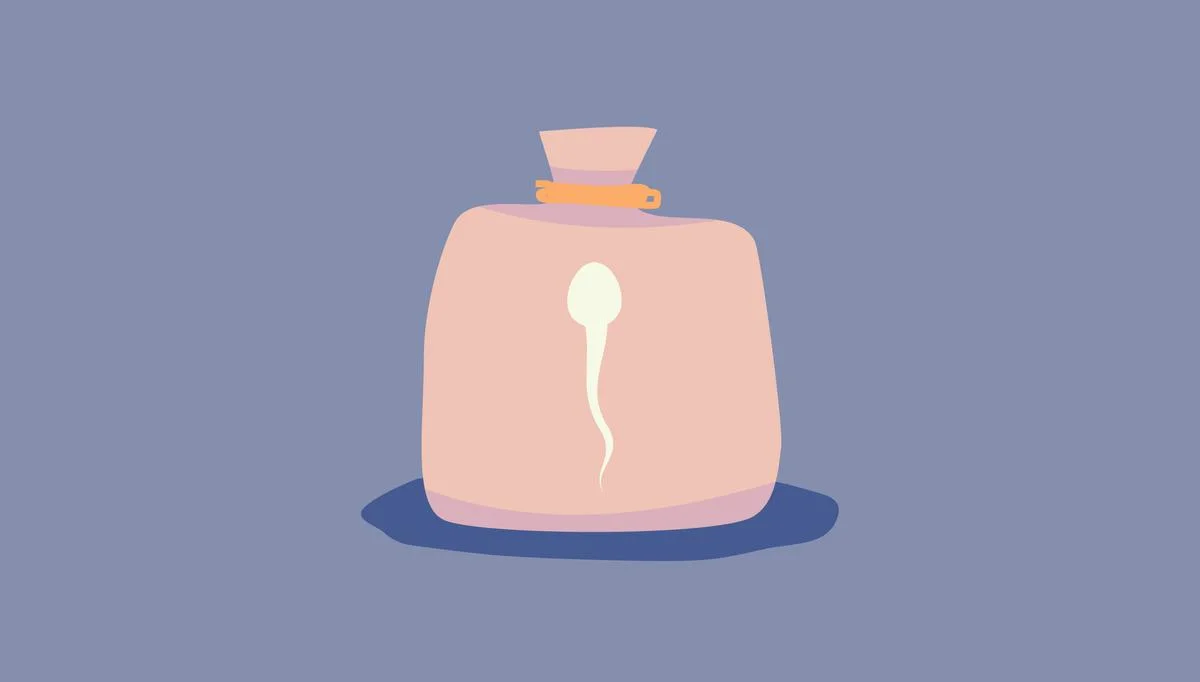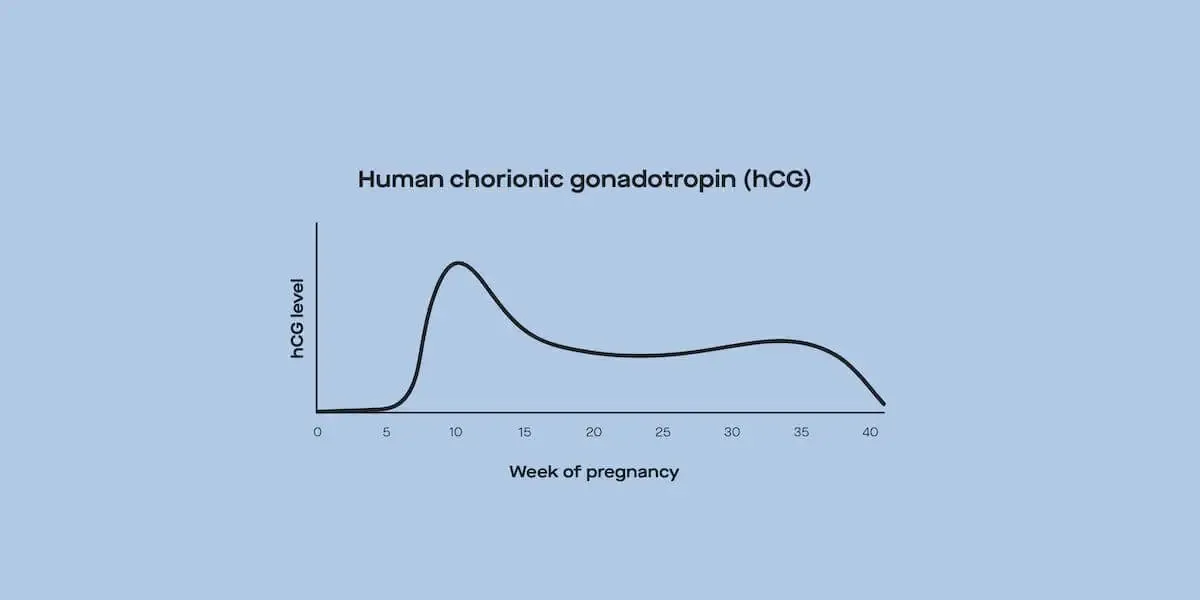Here's what we'll cover
Here's what we'll cover
As anyone with a period knows, the symptoms that sometimes accompany a monthly menstrual cycle—bloating, cramping, and nausea—can be uncomfortable. Sometimes, your monthly cycle is also heavier than usual. While heavy periods are common for many who menstruate, some experience particularly heavy bleeding and are diagnosed with something called menorrhagia.
Before anxiety strikes, know that a few days of heavy bleeding may not mean that you have menorrhagia. Here’s what you need to know about this condition and ways to treat it.
What is menorrhagia?
Menorrhagia is the medical term for excessive blood loss during a person’s period (Duckitt, 2015).
The key word here is excessive. It is completely normal for some people to have a heavier period while others experience a lighter period. However, if someone loses a significant amount of blood during their menstrual cycle—clinicians often speak of 80 ml or more per cycle—to the point where it interferes with their daily quality of life, as well as mental and physical well being, then that is classified as menorrhagia (Duckitt, 2015).
Those who have menorrhagia may also suffer from iron deficiency anemia. This means that the blood doesn’t have enough healthy red blood cells needed to carry oxygen throughout the body (Mishra, 2018).
Diagnosing menorrhagia
If you feel your period is heavier than usual, it’s a good idea to keep a record of bleeding and nonbleeding days and noting how often you need to change your sanitary pad or tampon during those days.
There are signs that could mean that your heavy period is menorrhagia. These symptoms help distinguish menorrhagia from a normal period that simply may have a few days of heavy bleeding, and it makes sense to see a healthcare provider when you notice these symptoms (James, 2016):
Blood clots during menstrual periods that are greater than one inch in diameter
Having to change out a pad or tampon every 1-2 hours because it’s soaked
Bleeding for more than seven days (Kaunitz, 2021)
Need to use both pads and tampons at the same time due to heavy bleeding (Kaunitz, 2021)
Low ferritin levels (this can only be determined via a blood test. Ferritin is a blood protein that contains iron.)
In addition to asking about the history of your menstrual cycles and their intensity, your healthcare provider will do a physical exam, which will likely include a pelvic exam, blood tests, and a pregnancy test (Kaunitz, 2021).
Causes and risk factors of menorrhagia
There are several reasons why menorrhagia occurs, including (James, 2016):
Polyps, which are abnormal tissue growths in the uterus
Adenomyosis, a condition when endometrial tissue that typically lines the uterus starts to grow into the muscle wall of the uterus instead
Uterine fibroids, also called leiomyomas, are very common and affect almost 70% of white women and over 80% of black women by the time they reach 50 (Yao, 2017).
Hyperplasia, which is when an overproduction of cells enlarges the uterus
Underlying bleeding disorders: 90% of those who are dealing with an underlying bleeding disorder experience menorrhagia.
Blood thinners: 70% of people who take blood thinners are affected by menorrhagia.
Hormonal disorders like polycystic ovarian syndrome (PCOS) or thyroid disease
Malignancy: In some cases, cancer is the cause of heavy bleeding (Munro, 2011).
How to stop menorrhagia
Depending on the severity of menorrhagia, there are several potential treatments your healthcare provider might suggest, ranging from lifestyle adjustments to surgery (Maybin, 2016):
Diet and exercise: If you are suffering from a heavy menstrual flow, your healthcare provider may recommend maintaining a healthy weight with diet and exercise to reduce uncomfortable period symptoms during your cycle.
Antifibrinolytics: These drugs promote blood clotting, which may help reduce the amount of blood loss during your period.
NSAIDs: Medications like ibuprofen or naproxen reduce blood flow by curbing the level of prostaglandins, a group of hormones that control blood flow. One added benefit of these drugs is that they help to relieve painful menstrual cramps.
Birth control: Another option for treatment is birth control, including intrauterine devices, progesterone-only pills, or combined oral contraceptives. Birth control can reduce bleeding as well as shorten the number of days you bleed per cycle.
Surgery: Depending on someone’s health history, reproductive goals, and severity of symptoms, surgery is recommended to treat menorrhagia, but only in severe cases and/or after several less invasive treatment options have been tried first (Duckitt, 2015).
When to see a doctor for menorrhagia
Having a heavy period can be both difficult and scary. If you find your period is hampering your daily life, whether that means preventing you from being able to do your usual activities or taking a toll on your mental health, make an appointment with your healthcare provider (Hapangama, 2016). While having a heavy period may be normal for your cycle, be aware of the symptoms of anemia as well. If you feel weak, dizzy, or extremely fatigued during or after your period, it’s worth mentioning to your healthcare provider to rule out any underlying conditions (Hapangama, 2016).
DISCLAIMER
If you have any medical questions or concerns, please talk to your healthcare provider. The articles on Health Guide are underpinned by peer-reviewed research and information drawn from medical societies and governmental agencies. However, they are not a substitute for professional medical advice, diagnosis, or treatment.
Duckitt, K. (2015). Menorrhagia. BMJ Clinical Evidence , 2015 , 0805. Retrieved from https://www.ncbi.nlm.nih.gov/pmc/articles/PMC4574688/
Godfrey, E., Folger, S., Jeng, G., Jamieson, D., & Curtis, K. (2013). Treatment of bleeding irregularities in women with copper-containing IUDs: a systematic review. Contraception, 87 (5), 549-566. doi: 10.1016/j.contraception.2012.09.006. Retrieved from https://pubmed.ncbi.nlm.nih.gov/23199413/
Hapangama, D. K & Bulmer, J. N. (2016). Pathophysiology of Heavy Menstrual Bleeding. Women’s Health, 12 (1), 3-13. doi: 10.2217/whe.15.81. Retrieved from https://pubmed.ncbi.nlm.nih.gov/26695831/
James, A. H. (2016). Heavy menstrual bleeding: work-up and management. Hematology. American Society of Hematology. Education Program , 2016 (1), 236–242doi: 10.1182/asheducation-2016.1.236. Retrieved from https://www.ncbi.nlm.nih.gov/pmc/articles/PMC6142441/
Kaunitz, A. M. (2021). Patient education: heavy or prolonged menstrual bleeding (menorrhagia) (beyond the basics). In R. L. Barbieri & A. Chakrabarti (Eds.). Retrieved Oct. 7, 2021 https://www.uptodate.com/contents/heavy-or-prolonged-menstrual-bleeding-menorrhagia-beyond-the-basics
Maybin, J. A. & Critchley, H. O. (2016). Medical management of heavy menstrual bleeding. Women's Health (London, England) , 12 (1), 27–34. doi: 10.2217/whe.15.100. Retrieved from https://www.ncbi.nlm.nih.gov/pmc/articles/PMC4728737/
Mayo Clinic. (2021). Menorrhagia (heavy menstrual bleeding) - Diagnosis and treatment . Retrieved Oct. 5, 2021 from https://www.mayoclinic.org/diseases-conditions/menorrhagia/diagnosis-treatment/drc-20352834
Mishra, V., Verneker, R., Gandhi, K., Choudhard, S., & Lamba, S. (2018). Iron deficiency anemia with menorrhagia: ferric carboxymaltose a safer alternative to blood transfusion. Journal of Mid-Life Health, 9 (2), 92-96. doi: 10.4103/jmh.JMH_121_17. Retrieved from https://www.ncbi.nlm.nih.gov/pmc/articles/PMC6006796/
Munro, M., Critchley, H., Broden, M., & Fraser, I. (2011). FIGO classification system for causes of abnormal uterine bleeding in nongravid women of reproductive age. International Journal of Gynaecology and Obstetrics, 113 (1), 3-13. doi: 10.1016/j.ijgo.2010.11.011. Retrieved from https://pubmed.ncbi.nlm.nih.gov/21345435/
Yao, X., Stewart E. A., Luaghlin-Tommaso, S. K., Heien, H. C., & Borah, B. J. (2017). Medical therapies for heavy menstrual bleeding in women with uterine fibroids: a retrospective analysis of a large commercially insured population in the USA. BJOG, 124 (2), 322-330. doi: 10.1111/1471-0528.14383. Retrieved from https://www.ncbi.nlm.nih.gov/pmc/articles/PMC5736004/
Trigueiro, T. H., Ferrari, J. C., Souza, S. R. R. K., Wall, M. L., & Barbosa, R. (2020). Follow-up of copper intrauterine device insertion by nurses: a prospective longitudinal study. Revista Brasileira de Enfermagem, 73 (4), e20200156. doi: 10.1590/0034-7167-2020-0156. Retrieved from https://pubmed.ncbi.nlm.nih.gov/33206854/










